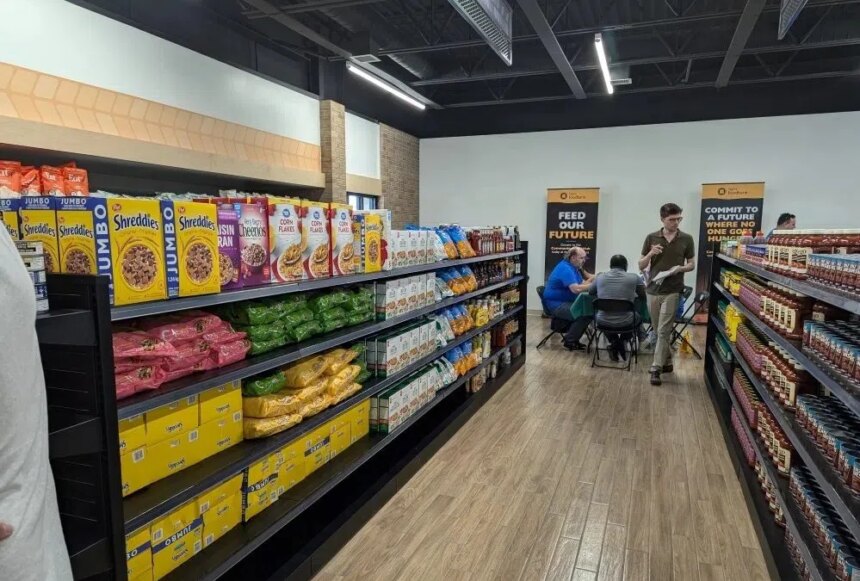The Saskatchewan government has opened its wallet in a significant move to address rising food insecurity across the province. Premier Scott Moe announced yesterday an additional $1 million in emergency funding for Saskatchewan’s food bank network, bringing the total 2025 provincial commitment to a record $3.7 million as unprecedented demand continues to stretch resources thin.
“This isn’t just about numbers on a spreadsheet,” said Food Banks Saskatchewan Executive Director Laurie O’Connor during the announcement in Regina. “We’re seeing families who have never needed our services before walking through our doors every day. The face of hunger in Saskatchewan is changing.”
The additional funding comes after alarming statistics revealed a 34% increase in food bank usage across the province since 2023, with rural communities experiencing the sharpest rise at nearly 42%. According to the latest Canada News provincial hunger report, one in seven Saskatchewan children now lives in a food-insecure household.
Regina Food Bank CEO John Gross outlined how the emergency funds will be immediately deployed: “We’re establishing three new mobile food distribution units to reach isolated communities, expanding cold storage capacity at six regional hubs, and implementing a province-wide fresh food recovery program with major grocery retailers.”
The funding announcement follows months of advocacy from CO24 Politics community groups who highlighted the growing gap between social assistance rates and the actual cost of living. The Saskatchewan Anti-Poverty Coalition has documented a 27% increase in food costs across the province since 2022, while social assistance rates have increased by only 8% during the same period.
“While this funding is critically needed and appreciated, we must recognize it as a bandage rather than a cure,” said Dr. Emma Lavallee, food security researcher at the University of Saskatchewan. “The underlying causes of food insecurity—stagnant wages, insufficient social supports, and rising housing costs—remain largely unaddressed.”
Food Banks Saskatchewan will distribute the funds using a needs-based formula, with priority given to communities experiencing the highest growth in demand. First Nations communities will receive dedicated support through a parallel $250,000 allocation to on-reserve food security initiatives.
Opposition critics, while supporting the emergency funding, questioned the government’s long-term strategy. “We need to see concrete plans addressing affordable housing, living wages, and comprehensive poverty reduction,” said NDP Social Services critic Meara Conway. “Emergency funding to food banks should be exactly that—for emergencies, not an annual budget line that grows each year.”
The CO24 Business community has responded with additional support, with major agricultural companies announcing matching donation programs. Nutrien has pledged to match up to $250,000 in public donations to food banks through December, while Viterra has committed to donating 250,000 pounds of pulse crops to food processing programs.
As Saskatchewan approaches its fall harvest, the contrast between the province’s agricultural abundance and growing food insecurity raises difficult questions. In a region that exports billions in agricultural products annually, why are more families than ever struggling to put food on their tables? The answer may require solutions far more complex than emergency funding alone can provide.










